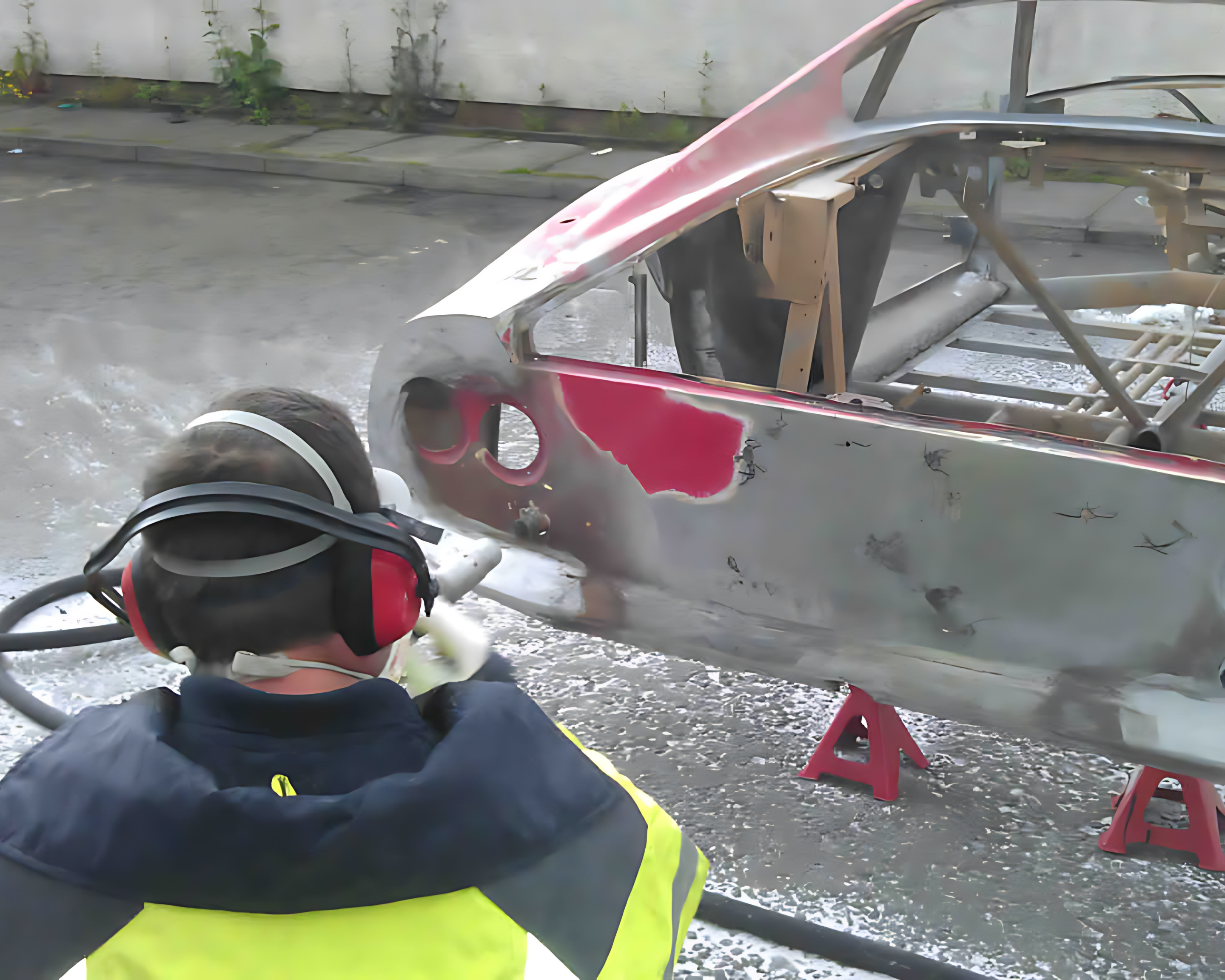Your Cart is Empty


Restoring classic cars is a labor of love that demands precision, patience, and the right techniques to bring a vintage vehicle back to life. Among the most crucial steps in the restoration process is sandblasting. This powerful method effectively strips away years of grime, rust, and old paint, revealing the true potential of the vehicle beneath. In this blog post, we’ll delve into the importance of sandblasting in automotive restoration, the benefits it offers, and how it can help you achieve pristine results.

One of the primary advantages of sandblasting is its ability to completely remove rust and old paint. This is particularly important for classic cars that have often been exposed to the elements for decades. Rust and paint removal are critical steps to prevent further corrosion and to ensure that new paint and treatments adhere properly.
A clean, smooth surface is essential for the success of subsequent restoration steps, such as priming and painting. Sandblasting ensures that every nook and cranny is free from contaminants, providing a perfect base for a flawless finish. This level of preparation is difficult to achieve with manual sanding or chemical treatments alone.

Sandblasting is a highly efficient method, significantly reducing the time and labor required to prepare a vehicle for restoration. Manual sanding can take countless hours and may not reach every area effectively. Sandblasting, on the other hand, can quickly and thoroughly clean even the most intricate parts of a car’s body, saving valuable time and effort.
By removing rust and contaminants completely, sandblasting helps ensure that the restored vehicle will remain in excellent condition for a longer period. Proper surface preparation prevents future issues such as paint flaking and rust reoccurrence, providing a more durable and lasting restoration.

The choice of abrasive material for sandblasting depends on the specific needs of the restoration project. Here are some commonly used abrasives and their benefits: